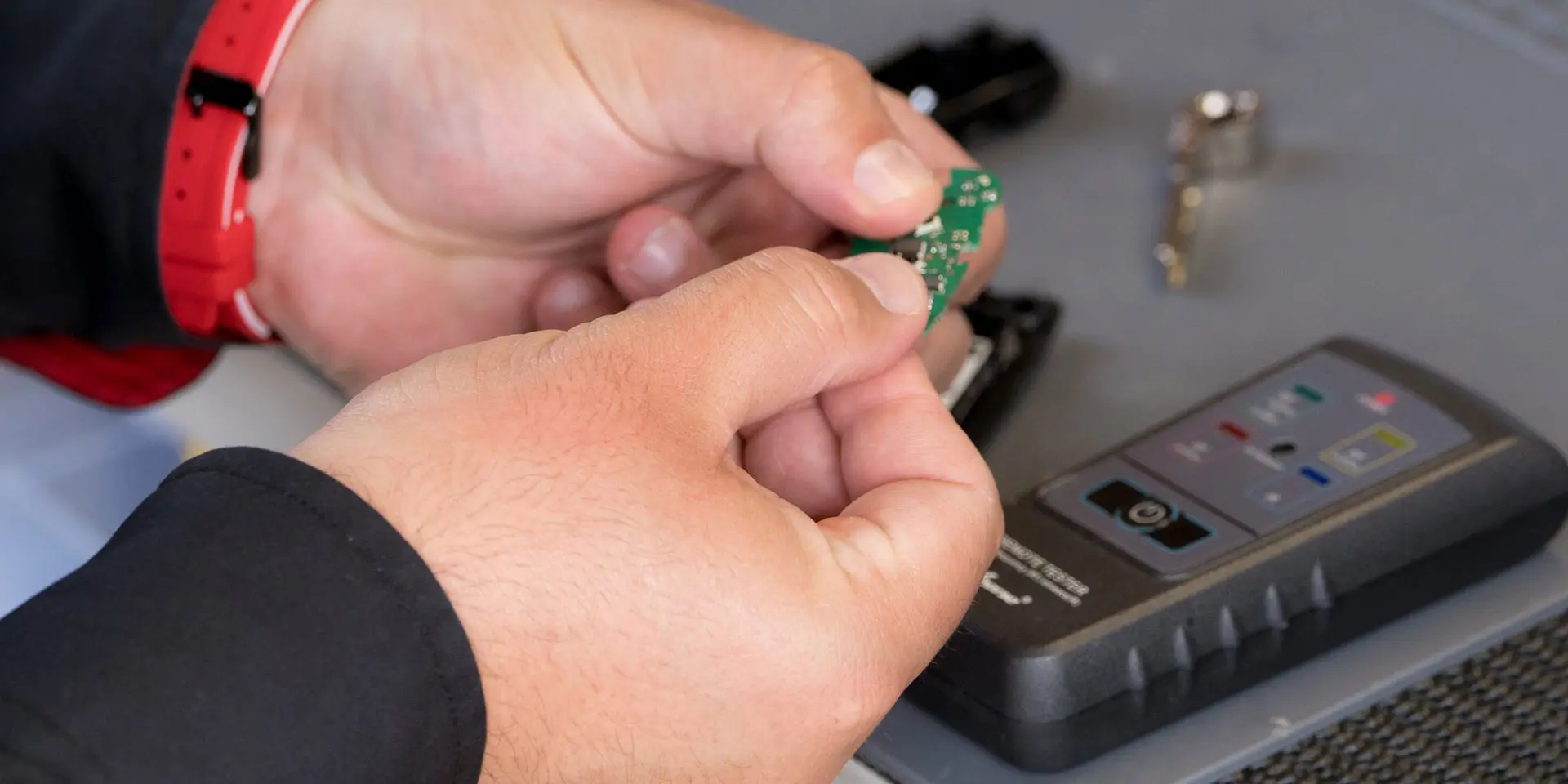You’ll Never Guess This Car Key Jammed’s Tricks

Car Key Jammed: Causes, Solutions, and Preventive Measures
A car key jammed in the ignition is a common problem faced by vehicle owners. The aggravation often intensifies when people are pressed for time or need immediate access to their vehicle. This short article aims to supply thorough guidance on comprehending the causes behind a jammed key, prospective solutions to solve the problem, and preventive procedures to prevent recurrence in the future.
Comprehending the Causes of a Jammed Car Key
A car key may become jammed in the ignition for various reasons. Some of these causes include:
| Cause | Description |
|---|---|
| Damaged Key | A key that has actually ended up being used might struggle to fit effectively within the ignition. |
| Ignition Cylinder Issues | Dirt, debris, or damage within the ignition cylinder can block the key. |
| Steering Wheel Lock | If the steering wheel is locked, it can avoid the key from turning or being removed. |
| Electrical System Malfunction | Faulty electrical connections or issues with the ignition switch can trigger issues. |
| Winter | Incredibly low temperatures can trigger condensation to freeze within the ignition system. |
Determining the Problem
Before using any solutions, it is important to diagnose the concern plainly. The following list can assist in identifying the underlying issue:
- Check the Steering Wheel: If the guiding wheel is locked, carefully turn it while trying to get rid of the key.
- Examine the Key: Examine the key for signs of wear and tear, or flexing which might inhibit appropriate performance.
- Evaluate the Ignition Cylinder: Look for noticeable debris or internal breakdowns that might be causing the jam.
- Temperature Check: Consider the environment conditions. Is it uncommonly cold, which could affect ignition functionality?
Solutions for a Jammed Car Key
When the root cause has actually been developed, numerous solutions can be used to deal with the jammed key problem.
Immediate Solutions
- Mild Wiggling: Attempt to gently wiggle the key while attempting to turn or pull it out. Avoid utilizing extreme force to avoid damage.
- Lubrication: Applying a percentage of graphite or silicone lubricant can assist loosen up a stuck key. Spray or insert it into the ignition cylinder thoroughly.
- Use Pliers: If the key’s head is accessible, utilizing pliers might supply the needed grip to pull the key out without much force.
- Battery Disconnect: If the key is stubbornly stuck, detaching the vehicle battery for a few minutes may reset the electrical parts.
Long-term Solutions
If the problem continues or repeats often, think about the following actions:

- Key Replacement: If the key is worn out, it may be required to change it. Visit a locksmith or your car dealership for a brand-new key.
- Ignition Cylinder Replacement: In cases of serious damage or regular jams, replacing the ignition cylinder itself might be needed.
- Professional Assessment: When DIY attempts fail, looking for assistance from a professional mechanic is a good idea. They can diagnose and repair much deeper problems within the car’s ignition or electrical system.
| Service | When to Use |
|---|---|
| Mild Wiggling | When the key is somewhat stuck but seems practical. |
| Lubrication | If the ignition appears dirty or the key is challenging to turn. |
| Use Pliers | When the key head is available and there’s a noticeable grip. |
| Expert Assessment | When all DIY suggests fail or when deeper mechanical/electrical issues are thought. |
Preventive Measures
To prevent prospective problems in the future, vehicle owners can utilize a number of preventative methods:
- Regular Maintenance: Schedule routine inspections of your vehicle’s ignition system to guarantee everything is functioning efficiently.
- Key Care: Handle car keys with care, avoiding dropping them or exposing them to moisture and extreme chemicals.
- Temperature level Management: Protect the car from extreme weather whenever possible. Consider using a garage for parking during severe cold or heat.
- Routine Lubrication: Regularly use lubricants to the ignition cylinder and key, helping avoid dust buildup and making sure smoother operation.
Frequently Asked Questions (FAQs)
Q1: Can I use oil to lubricate my car key or ignition?
A1: It is not suggested to utilize oil, as it can bring in dirt and debris. Rather, utilize dry silicone or graphite-based lubricants.
Q2: What should I do if my key breaks off in the ignition?
A2: If a key breaks off, do not try to remove the broken piece yourself. Seek help from an expert locksmith or mechanic.
Q3: Is it safe to use excessive force to attempt and eliminate a jammed key?
A3: No, using extreme force can damage the ignition cylinder or the key, resulting in more substantial issues and possibly costing more in repairs.
Q4: How can I tell if my ignition cylinder requires to be replaced?
A4: If you frequently experience key jamming, difficulty in turning the key, or consistent electrical issues in starting the vehicle, it may be time for a replacement.
A jammed car key can be a troublesome and discouraging circumstance for any vehicle owner. By understanding the underlying causes, implementing the ideal solutions, and embracing preventive measures, people can alleviate the likelihood of facing this issue in the future. When all else stops working, seeking expert help ensures that the issue is effectively dealt with, allowing you to go back to carefree driving.


